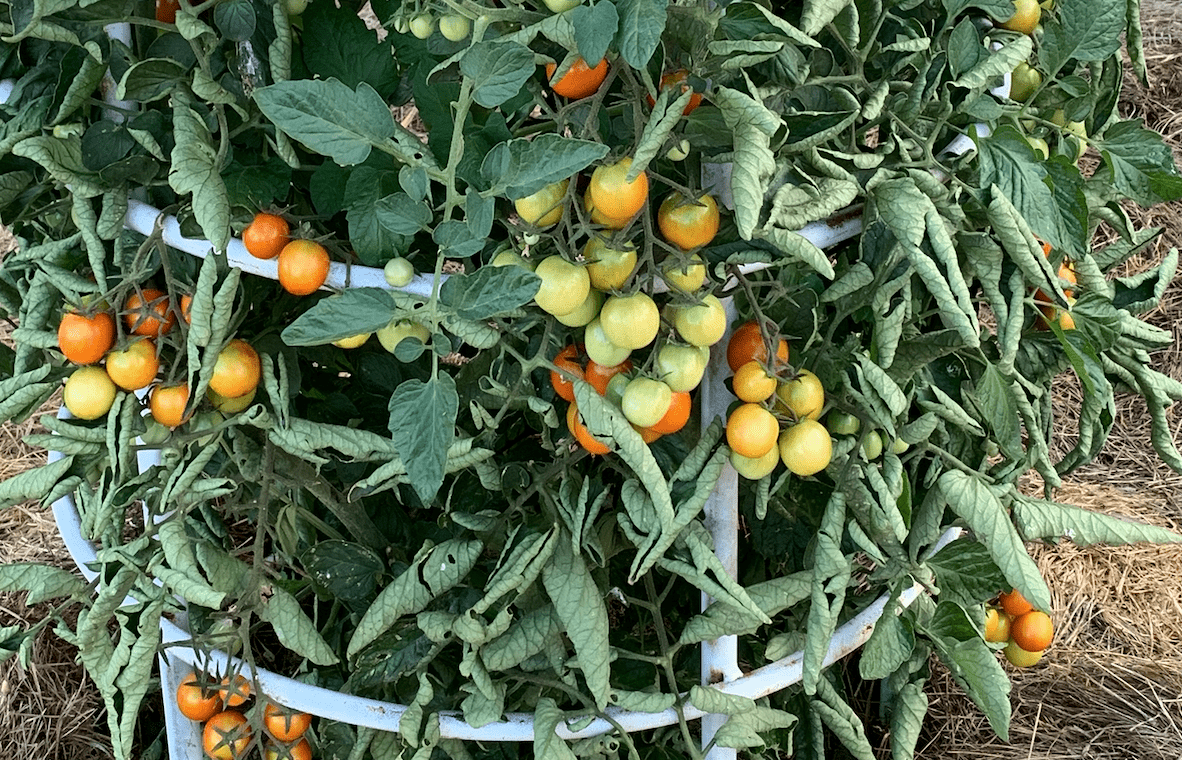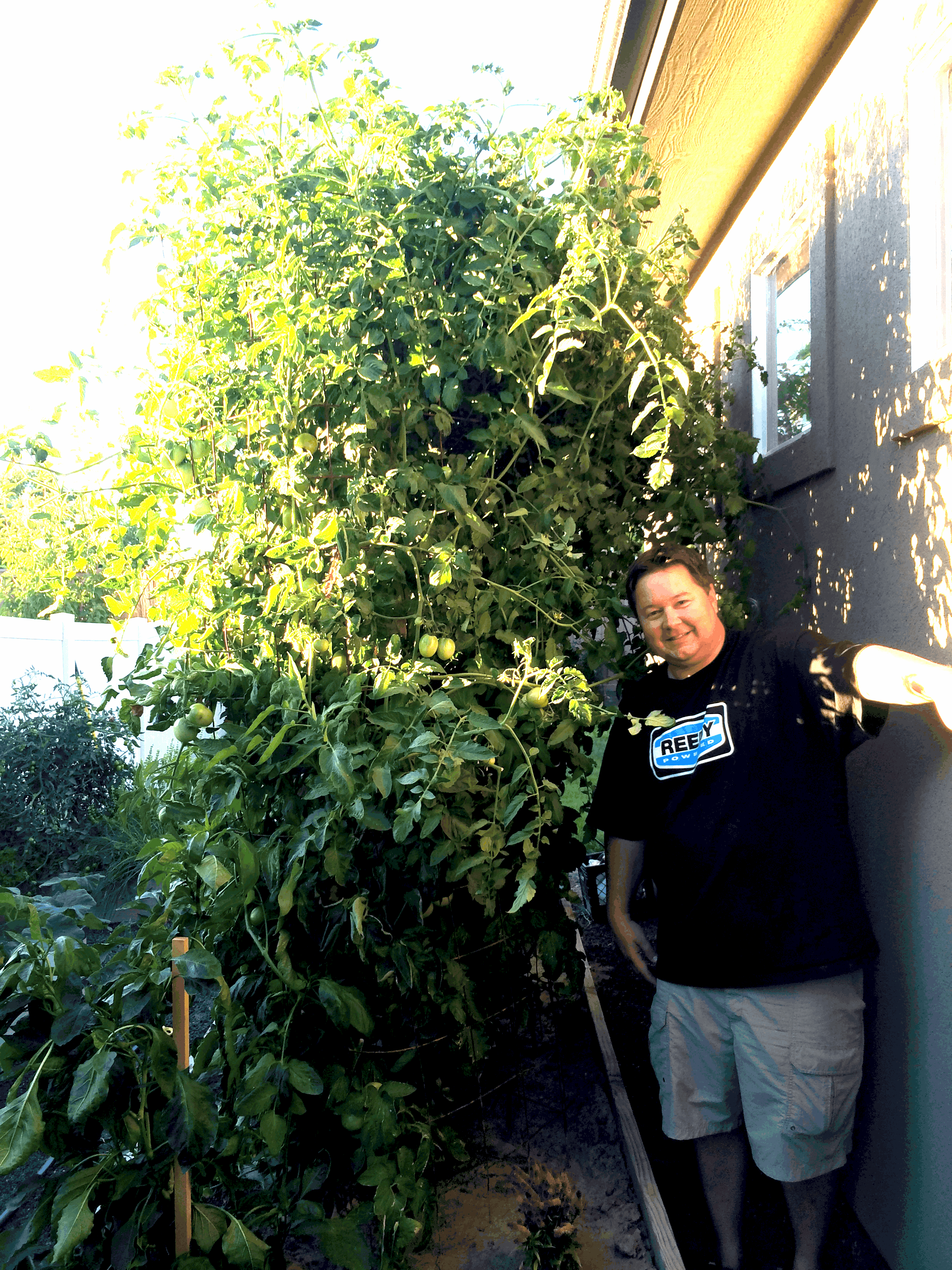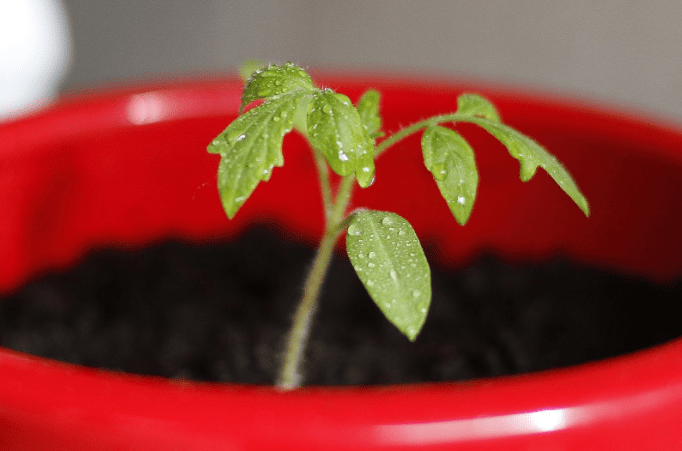Tomatoes can be successfully grown in containers, but they will require some extra help to get the required nutrients to produce plentiful fruit. When you plant your tomatoes, the potting media that you use will likely contain some fertilizer, but that will only last for a few weeks. After 2-4 weeks, you can begin applying additional tomato fertilizer to boost your growing plants.
Tomatoes in containers must be regularly fed because the nutrients in the potted soil are constantly be leached. When a plant is in the ground, it can send out roots to find additional nutrients, but containers do not allow this, so you must supply it for them. Regular applications of a good natural fertilizer will keep your plants strong and healthy. You can typically fertilize your potted tomatoes once every 1-2 weeks from spring until the growing season is over.
Every plant has different needs, depending on the variety, weather conditions, container size, and potting soil type, so pay attention to your plants and adjust your fertilizing based on what you see. If your plants are producing loads of leaves but no fruit, chances are good that you are using a fertilizer that contains too much nitrogen. If your plants suddenly start under-producing or the foliage begins to turn yellow, you might not be giving them enough fertilizer.
If you choose to apply a chemical fertilizer, be careful not to get the fertilizer on the leaves, and make sure to water it in well to prevent it from burning your tomatoes. A better option is a natural fertilizer with ingredients that improve the soil and are much less likely to harm your plants. One cup of Dr. JimZ Tomato Secret, added to the soil around the plant every few weeks, will give your plants everything they need to produce the best tomatoes around. Tomato Secret is the best tomato fertilizer for pots and for your garden.



